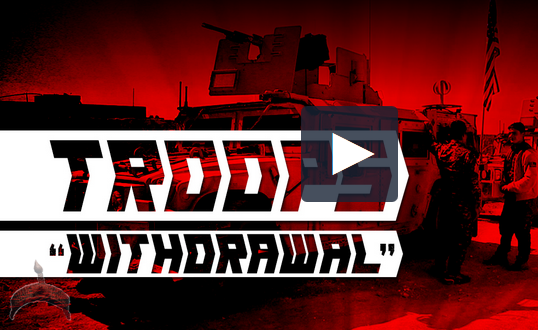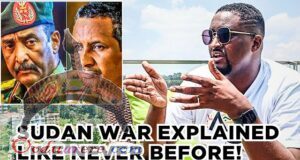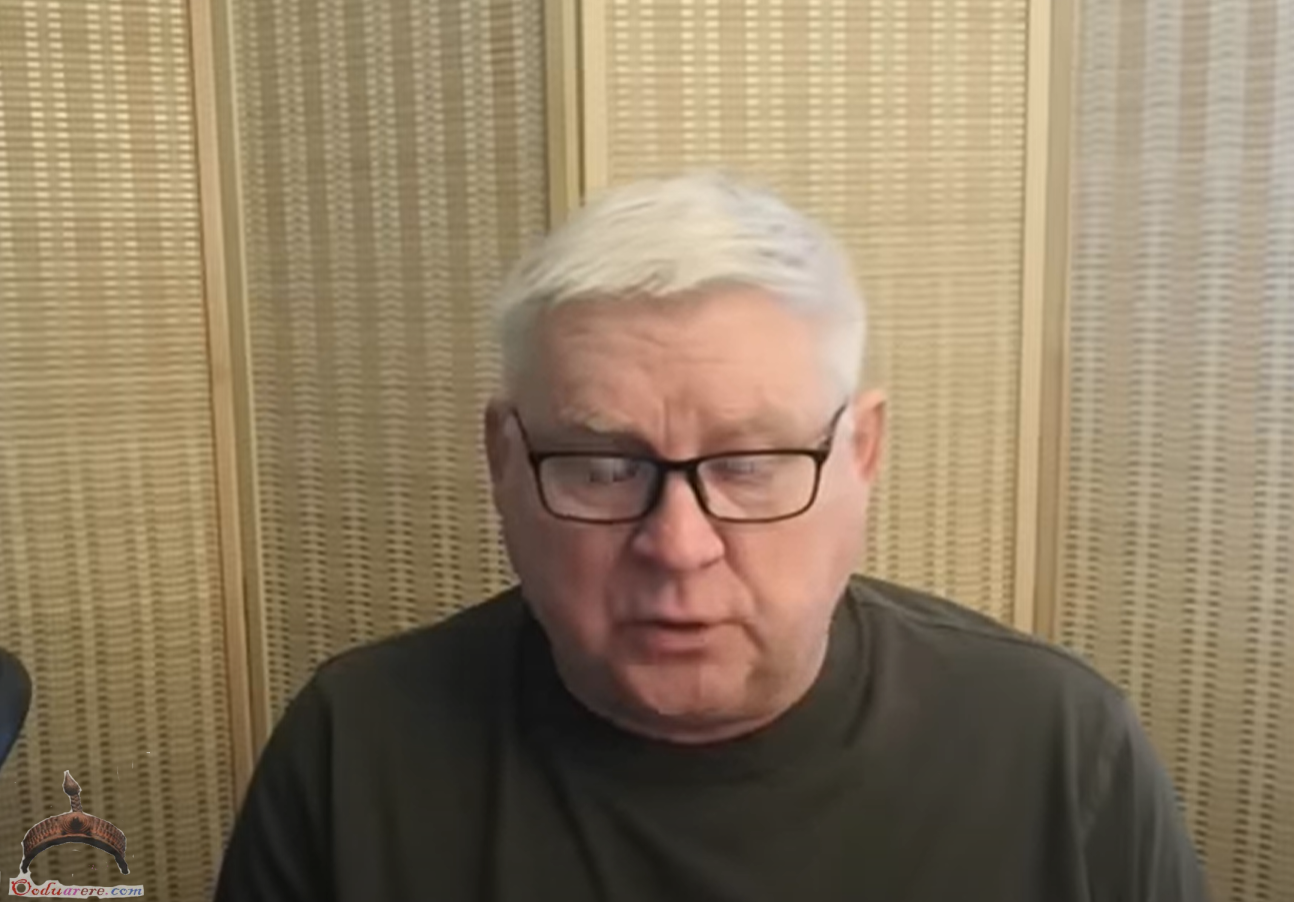On April 23, according to local sources, the Israeli Defense Forces (IDF) destroyed an artillery piece of the Syrian Arab Army (SAA) with a guided missile near the town of al-Kawm in southern Syria. The IDF confirmed the reports and justified their move by saying that a mortar shell originating from Syria had fallen in the Israeli-held area.
On the same day, the SAA repelled three separate attacks by Hayat Tahrir al-Sham militants in northwestern Aleppo and inside the Rastan pocket. The militants had increased their activity across Syria as the SAA operation against ISIS in southern Damascus entered its active phase.
The ISIS pocket in the Yarmouk refugee camp area is slowly crumbling, but it’s still a complicated battle for the SAA and its allies. The Syrian military has deployed a few pro-government Palestinian militias, including Liwa al-Quds, to operate more successfully in this mostly Palestinian-populated area.
Recently, government troops have liberated the districts of Al-Barradi and Al-Barradat as well as the Da’boul street. Warplanes of the Syrian Air Force and the SAA’s artillery have just destroyed a major part of the ISIS defense there.
According to local sources, the Syrian military is aiming to divide the pocket into two parts and to isolate the ISIS-held area.
US troops, who are about to start withdrawing according to the Trump administration, are setting up a new military base in the area between Tell Baydar and Tell Tamr in northern Syria. The military base includes an airstrip of about 1.5km and, according to reports, will be able to house about 1,200 troops.
On April 22, France’s President Emmanuel Macron said that France is seeking to build a “new Syria” with the US help. Earlier, Macron claimed that he had convinced President Trump to keep troops in the war-torn country.
The increasing military presence of the US-led coalition in northern Syria is in line with US’ “soft power efforts” aimed at strengthening its influence and countering Russian and Iranian efforts in the region.
For example, the US Department of State released a statement saying that no assistance should be provided to the areas controlled by the Syrian government. Thus, Washington will oppose any reconstruction efforts in the liberated, government-held part of Syria, and use this issue as a tool of political influence on the situation.
At the same time, the US also seeks to renew the so-called Geneva format of Syria talks, which has achieved nothing to settle the conflict since it was launched. This effort is aimed at countering the Astana format launched by Turkey, Iran and Syria.
Summing up the US-led coalition is expanding its military infrastructure in Syria and is preparing for a new round of the diplomatic military conflict over the country. Washington is also weighing the option of keeping the Harry S. Truman Carrier Strike Group in the Mediterranean Sea for a long time. It’s another clear political move aimed at consolidating allies and projecting power in the region if indeed the US military is not preparing for further strikes against the Syrian government.
 Ọmọ Oòduà Naija Gist | News From Nigeria | Entertainment gist Nigeria|Networking|News.. Visit for Nigeria breaking news , Nigerian Movies , Naija music , Jobs In Nigeria , Naija News , Nollywood, Gist and more
Ọmọ Oòduà Naija Gist | News From Nigeria | Entertainment gist Nigeria|Networking|News.. Visit for Nigeria breaking news , Nigerian Movies , Naija music , Jobs In Nigeria , Naija News , Nollywood, Gist and more








